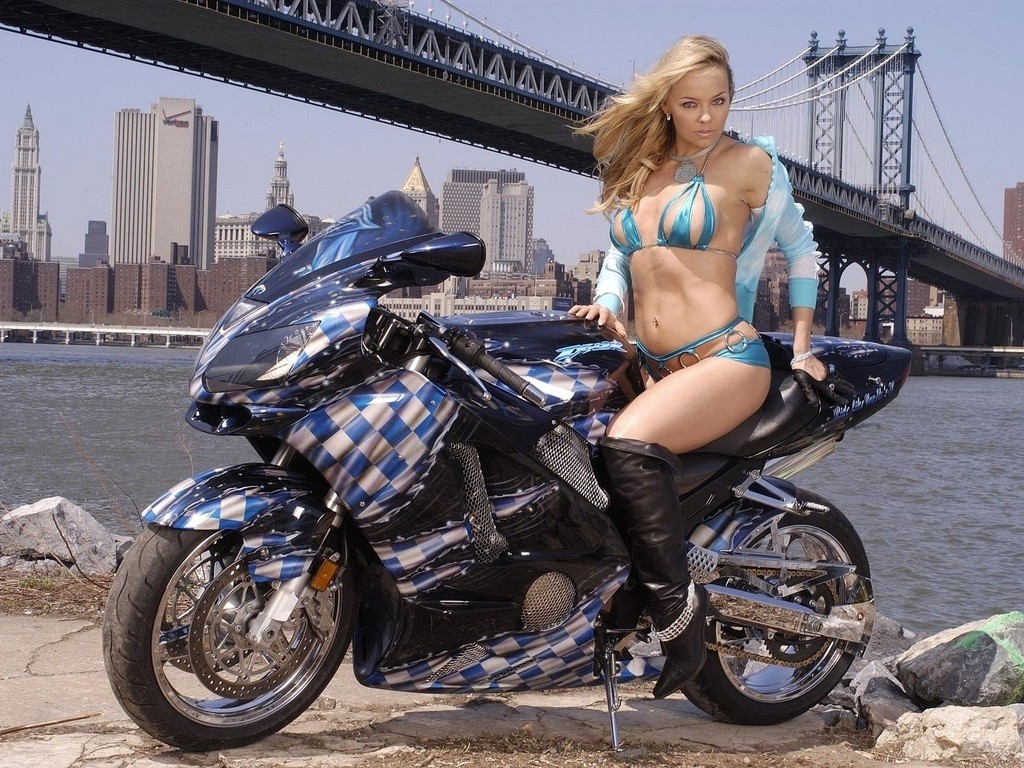I tried to hint at this subtly in previous posts, but judging by some recent conversations I was a bit too subtle. So it is time to announce this formally: I am getting a custom bicycle from Royal H. Cycles.
No, please relax - it is not the track bike mentioned earlier! My Royal H. will be a classic Randonneur-style mixte, inspired by the early French constructeurs: fully lugged, with twin lateral stays and a touring geometry. Even as I write it, I do not really believe it. Yes, it will be utterly glorious, and no, I cannot afford it. But I've been finding some creative ways to scrimp, save, and earn extra cash, and it's all coming together nicely (the deposit system really helps as well!). The frame will be ready in November, and then I will spend the winter fitting it with components. In the springtime, the complete bicycle shall emerge just as the crocuses come into bloom and the swallows sing their song.
However, what I really want to talk about is not the bicycle itself, but the experience of having it custom made by a local framebuilder. As far as "local" goes, you can't really get more local than this: The Royal H. studio (pictured above) is a 5-minute bike ride from my house, so my bicycle is being built in my own neighborhood. There is nothing quite like this.
I met the framebuilder Bryan Hollingsworth through Open Bicycle, after I saw a purple Royal H. bike belonging to one of their customers and was taken with its elegant styling. "Who made that?" I asked. And the rest was history. I met Bryan in person, discussed my ideas with him, and it was immediately clear that he understood exactly what I was talking about and would enjoy making it. It was an exciting, high-energy first meeting and in the end I had no doubt that this person was the right framebuilder for me. This might seem trite, but it can be very helpful for the framebuilder to get a good sense of the customer's individual style by interacting with them. And getting a sense of your individual style will enable them to use their creativity to make a truly personalised bicycle.
The proximity of Royal H. has also allowed me the unique opportunity to visit my frame at various stages of completion, watch it develop, and give Bryan feedback to any questions or new ideas that came up. I have held the different parts of my frame in my hands before it was a frame - the lugs, the tubes, the dropouts, the little braze-ons! - and I watched Bryan arrange them on his drawing-board. This was a thrilling experience, and it has deepened my sense of connectedness to this bicycle. It is definitely my frame, I was there as it evolved! Thanks to Bryan's generous narration about his process, I have also learned a bit about how bicycles are built in the meantime.
To add a few words about Bryan Hollingsworth himself: For the past three years, he has been a framebuilder for Seven Cycles, where, interestingly enough, he specialises in carbon fiber frames. Recently Bryan has branched out into a private frame building practice and started Royal H., with a focus on classic lugged steel bicycles. The art nouveau aesthetic of his work appeals to me very much, and I often find myself admiring his frames even when the bicycle is completely inappropriate for me - like the cream track bike I mentioned earlier.
And notice how simple everything here is: No over-the-top lugwork, no eccentric curvature, just a classic, minimalist track frame. But to me, it stands out from other track frames.
Of course my mixte will look very different from the cream track bike, but it will have a similar art nouveau aesthetic and, hopefully, the same feel of understated elegance.
My frame is a fairly complicated one, and there are many special things about it that you will not see on any other bicycle (like these custom dropouts!). Bryan has impressed me on more than one occasion with his ability to combine innovative solutions with classic looks, and I will no doubt dedicate several future posts to boring you with the technical details and pornographic close-ups of my bicycle. But not to worry, that won't be for another couple of months.
In the meanwhile, I encourage you to get to know your local framebuilders, or to find independent framebuilders in an area of the country that has personal meaning for you. Boston, Massachusetts holds a special place in the history of bicycle manufacturing since the late 1800's, and Somerville in particular was home to several legendary builders, including Fat City Cycles and Merlin Metal Works in the 1980s and '90s. In fact, the Union Square neighborhood where Open Bicycle and Royal H. are located was the former home of these manufacturers. Today, the Boston area boasts famed artisanal framebuilders such as Peter Mooney and Mike Flanigan, the internationally renown Seven Cycles and Independent Fabrications, the innovative Geekhouse, and attention-worthy young builders including Icarus and Royal H. When the context and history of your bicycle's production are meaningful to you, owning it will feel truly special. I plan to have future posts dedicated to local framebuilders, to the framebuilding process, and to the history of bicycle manufacturing in Boston, and I hope that these will be of interest.
|
|
|---|
Friday, October 30, 2009
Made in Somerville: The Joys of a Locally Built Bicycle
Labels:
Boston,
frame building,
local bike shops,
lugs,
mixte,
Royal H. Mixte
Subscribe to:
Post Comments (Atom)







.jpg)
















0 comments:
Post a Comment